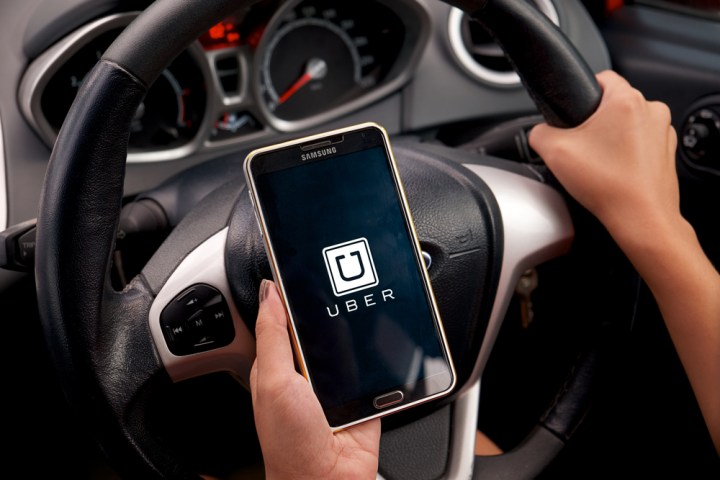
The company announced that iOS and Android developers can now access the ride-sharing app’s Rides SDK, letting them add a Ride Request Button into their apps by injecting a few lines of code.
The feature is designed to let users tap the Ride Request Button when looking at hotels, restaurants, movie theaters, and other destinations to quickly request a driver, in place of having to open the Uber app.
Say an app alerted you of a concert or show — if the Ride Request Button was implemented, you could simply tap the button from the app and have it ready to request a driver.
It’s a relatively beneficial tool for Uber users, and app developers get a bonus too. For every first-time, U.S.-based rider they refer, developers can receive $5 from Uber once they sign up for its affiliate program.
Uber’s launched its application programming interface (API) in August, but until now, developers had to design their own button. The new SDK makes it far easier for any app to make use of the Ride Request Button.
To add the button, the announcement says developers have to register their app on the Uber Developer Dashboard, install the Uber iOS or Android Rides SDK, and then configure the Ride Request Button next to “every address or ‘intent to ride'” in the app. Developers can optimize the button more if they specify details about the trip, such as pick-up location and the destination.
If configured correctly, clicking on the new button will bring up the Uber app with the ride pre-configured. New users will be requested to download the app from the App Store or Google Play.


